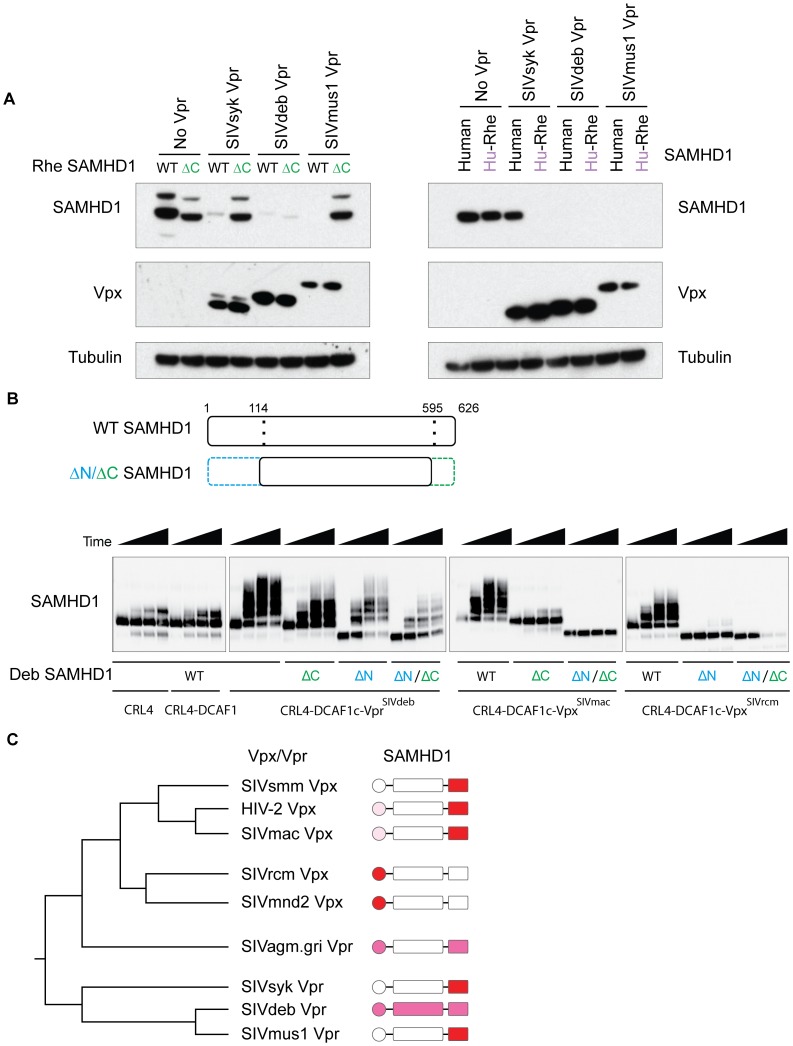Figure 6. Vpx and Vpr have toggled throughout evolution in their requirement for the N- or the C-terminus of SAMHD1.
(A) 293T cells were transfected with HA-SAMHD1, either WT or ΔC (left panel), or WT or chimeric Human-Rhesus SAMHD1 (consisting of residues 1–114 of human SAMHD1 and 115–626 of rhesus SAMHD1, right panels), plus or minus FLAG-Vpr, and degradation was measured by western blotting as described in the legend for Figure 1. Rhesus SAMHD1 was used as all Vpr tested herein can degrade this SAMHD1. Human SAMHD1 was used in N-terminal chimeras as it contains multiple non-synonymous changes compared to other primate SAMHD1. (B) In vitro ubiquitylation of WT, ΔC, ΔN, and ΔN/ΔC DeBrazza's SAMHD1 (consisting of amino acids 115–595, schematic representation in top panels), in the presence or absence of SIVdeb Vpr, SIVmac Vpx, or SIVrcm Vpx. CRL4 and CRL4-DCAF1 alone were used as controls. Experiment preformed as in Figure 4B and ubiquitylation of each SAMHD1 construct was analyzed by western blotting. Timepoints shown are 0, 15, 30, and 60 minute incubations. (C) Schematic Vpx/Vpr phylogenetic tree as in Figure 1A and SAMHD1 diagrams depicting dependence of Vpx/Vpr on the N- or C-terminus of its autologous SAMHD1. Red indicates strong dependence based on all assays. Light pink indicates slight dependence based on co-IP data. Magenta indicates intermediate dependence.

